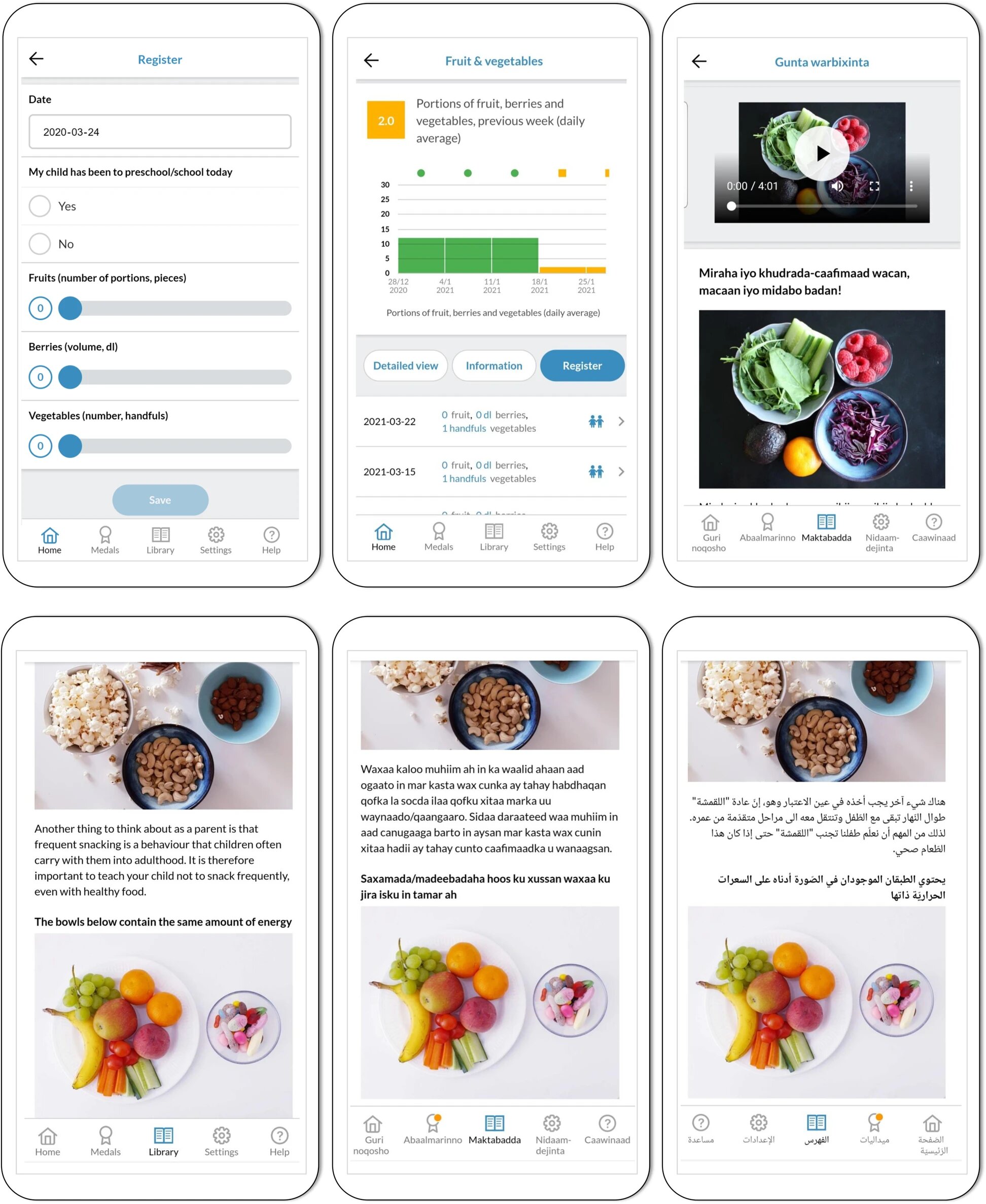#Low profile thoracic aortic endograft device reduces complications and expands patient pool

“#Low profile thoracic aortic endograft device reduces complications and expands patient pool”
The trial aimed to measure safety and efficacy of the RELAYPro endovascular device, a second-generation product featuring a dramatically reduced profile and a non-bare stent (NBS) configuration.
The prospective, international, non-blinded, non-randomized pivotal trial analyzed a primary safety endpoint of major adverse events (MAE) at 30 days (death, myocardial infarction, stroke, renal/respiratory failure, paralysis, bowel ischemia, procedural blood loss) and a primary effectiveness endpoint of treatment success at one year (technical success, patency, absence of aneurysm rupture, type I/III endoleaks, stent fractures, secondary interventions, aneurysm expansion, and migration). Treatment success at one year was 89.2 percent.
“With a 3 to 4 French profile reduction, this second generation thoracic endograft device met the one year safety and effectiveness endpoints in a pivotal study for the treatment of patients with aneurysms of the descending thoracic aorta or PAUs,” explained Dr. Wilson Szeto, Professor of Surgery at the Hospital of the University of Pennsylvania and Penn Presbyterian Medical Center. “It is particularly positive to note that the reduction in profile and the availability of a non bare stents configuration will expand the population of patients who can be treated with the device and reduces complications.”
In this study, the vast majority of patients in the United States were treated with a percutaneous approach, which can dramatically reduce surgical complications associated with higher profile devices requiring surgical cutdown for deployment. At one year follow up, patients demonstrated a low risk of mortality, endoleak or structural integrity concerns. Follow-up continues to five years and the device is currently being evaluated for approval by the FDA.
Technology provides non-invasive treatment for congenital heart disease patients
More information:
“One Year Results of a Pivotal Study of a Second Generation Low-Profile Endograft in Subjects with Thoracic Aortic Aneurysm and Ulcer Pathologies,” Presented by Wilson Y. Szeto, MD, May 1, 2021, at the AATS 101st Annual Meeting.
Provided by
American Association for Thoracic Surgery
Citation:
Low profile thoracic aortic endograft device reduces complications and expands patient pool (2021, May 2)
retrieved 2 May 2021
from https://medicalxpress.com/news/2021-05-profile-thoracic-aortic-endograft-device.html
This document is subject to copyright. Apart from any fair dealing for the purpose of private study or research, no
part may be reproduced without the written permission. The content is provided for information purposes only.
If you liked the article, do not forget to share it with your friends. Follow us on Google News too, click on the star and choose us from your favorites.
For forums sites go to Forum.BuradaBiliyorum.Com
If you want to read more Like this articles, you can visit our Science category.




